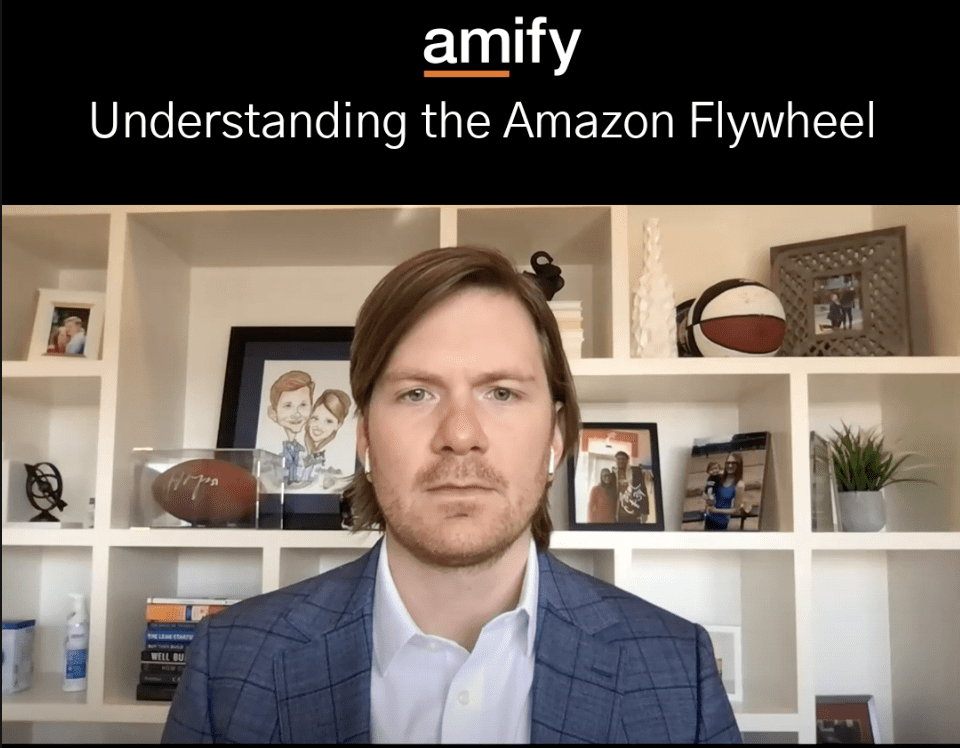Amazon in 90 Seconds: Understanding the Amazon Flywheel


News & Insights
Video Transcript:Hello, everybody – it’s Sean Lee the Chief Marketing Officer at Amify. I wanted to spend a little bit of time talking about the Amazon flywheel, which is something that oftentimes there’s a lot of confusion around.First, you have to think about Amazon in the sense that it’s a capitalistic marketplace. They want to sell more products to more consumers at the best price and experience for that consumer. So in regards to the flywheel, the things that are going to matter and help you rank better are #1 – that you have inventory in stock and that it’s Prime-eligible because that’s what consumers want.The next is that you have great content – A+ content, thumbnails, and copy that’s written for a conversion. They’re going to look at your conversion rates versus the category’s conversion rates.
The next is going to be ratings and reviews. You’re going to want to have above four stars, and ideally above fifty to a hundred reviews – the more the better, and it’s going to help you rank higher, and ultimately it’s going to bump up your page conversion rate, which will help get your organic flywheel going.Then finally it’s going to want to look at organic sales, and sales from ads on any given search term, or term that you’re trying to win on. Early on – as you’re trying to win on smaller terms, a lot of your sales will come through ads and then start shifting over to organic.Once that happens, you can start moving up the funnel to larger and larger terms until you start ranking on those organically, and then you’ll move your ad dollars further and further up the funnel.But ultimately, Amazon wants to see how many units you’re going to move per week on that given term versus everybody else that’s ranking on page one. So if a given term means you need to sell 10 units – if you’re selling 12 or 13, there’s a pretty good shot that you’re going to start ranking in the top 10 on page one.So thanks, everybody. I hope this was a helpful context to understand the Amazon flywheel, and if you have any questions don’t hesitate to reach out to our strategists at Amify! – Goamify.com
Learn more about how we can help your Amazon business succeed!